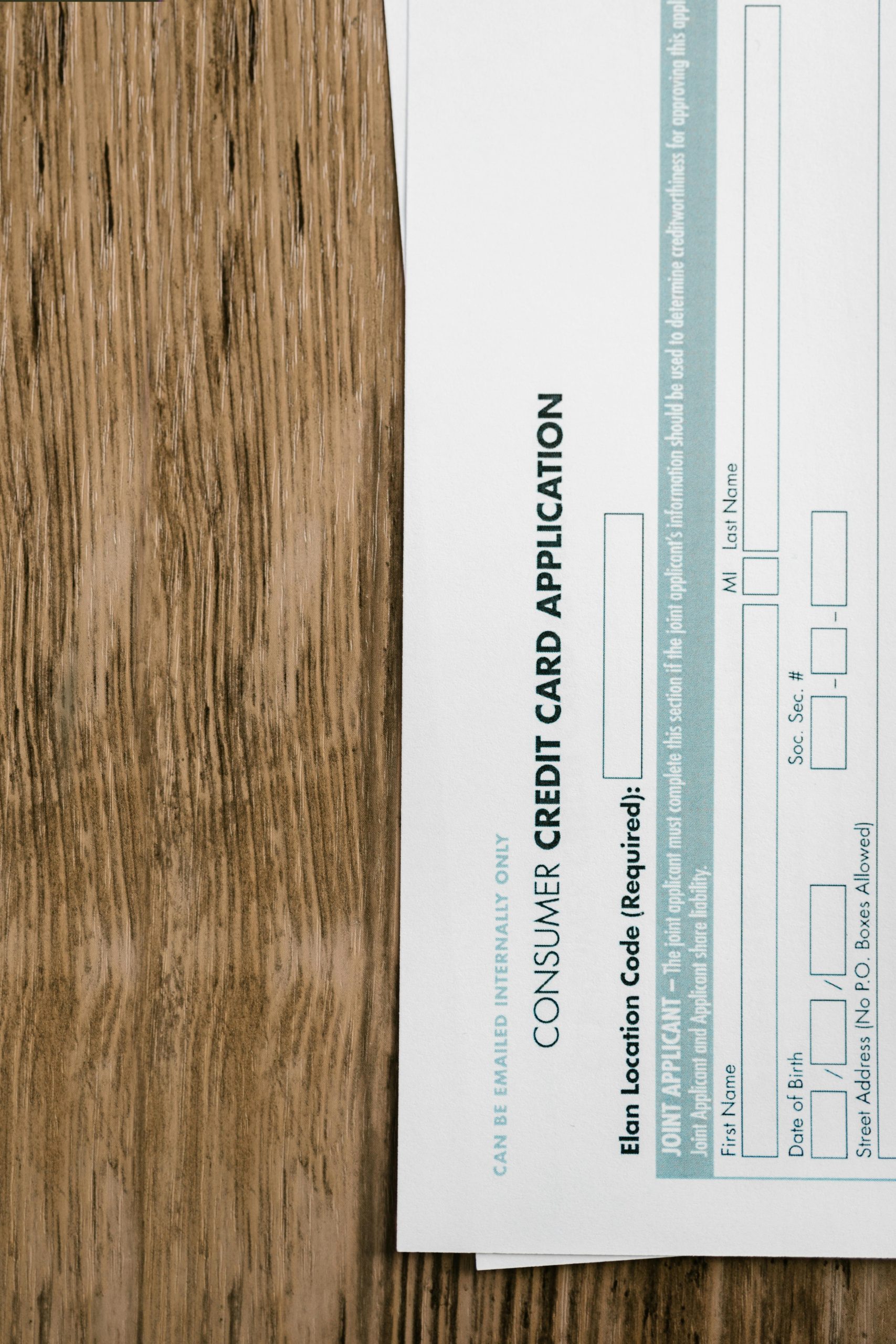Tackling a Noteworthy Issue: Let’s Discuss Your Thoughts
In any discussion or review, the emergence of a significant issue is often unavoidable. When such a problem arises, it naturally invites a spectrum of opinions and insights. Today, we’ll dive into this particularly noticeable concern and explore the various perspectives surrounding it.
The issue at hand certainly stands out, demanding attention and analysis. It’s essential to address it thoughtfully, considering the diverse viewpoints of our community. By opening the floor for discussion, we can better understand the intricacies involved and potentially formulate effective solutions.
We invite you to share your thoughts and experiences. Your input is valuable as we work together to dissect and understand this prominent matter. Let’s collaborate to uncover insights, propose strategies, and ultimately bring about positive change.

One response
It’s important to delve into the specific issues you’re referring to, as “one glaring issue” could mean different things depending on the context of your WordPress blog. However, let’s consider a common significant issue often faced with WordPress websites and explore that in depth: website performance and speed optimization.
Identifying the Issue:
Website performance issues can significantly impact user experience and search engine ranking. This often stems from factors like large image files, excessive plugins, inefficient coding, or inadequate hosting services. Identifying the root cause of performance issues involves using tools like Google PageSpeed Insights or GTmetrix to analyze how the site performs and what specific areas require attention.
Solutions and Practical Advice:
Optimize Images:
Use WordPress plugins like Smush or ShortPixel to compress and optimize images without losing quality. Additionally, consider loading images in WebP format, which is often smaller and loads faster than JPEG or PNG.
Minimize Plugins:
Each plugin adds some level of load to your site’s resources. Regularly Audit your plugins, removing any that are redundant or not in use. Always ensure that the remaining plugins are essential and updated to the latest versions.
Implement Caching:
Use caching plugins such as W3 Total Cache or WP Super Cache. Caching stores data temporarily to reduce loading times for returning users by serving static files instead of processing PHP scripts each time.
Leverage Content Delivery Networks (CDNs):
CDNs distribute your site’s content across multiple geographical locations, ensuring users can download data from the server closest to them. Cloudflare and StackPath are popular choices that can boost site speed considerably.
Optimize Your Database:
Over time, your WordPress database can become bloated with unneeded data. Tools like WP-Optimize can help clean and optimize your database by removing post revisions, auto-drafts, and other unnecessary content.
Choose Quality Hosting:
Ensure that your hosting provider can handle your site’s traffic needs and is optimized for WordPress performance. Features to look for include SSD storage, built-in caching, and server-side optimizations.
Reduce Use of External Scripts:
Limit the use of external scripts and styles, such as those for fonts and tracking codes. Only include what’s essential and load them asynchronously or defer them where possible.
Conclusion:
Tackling the issue of website performance requires a strategic approach that